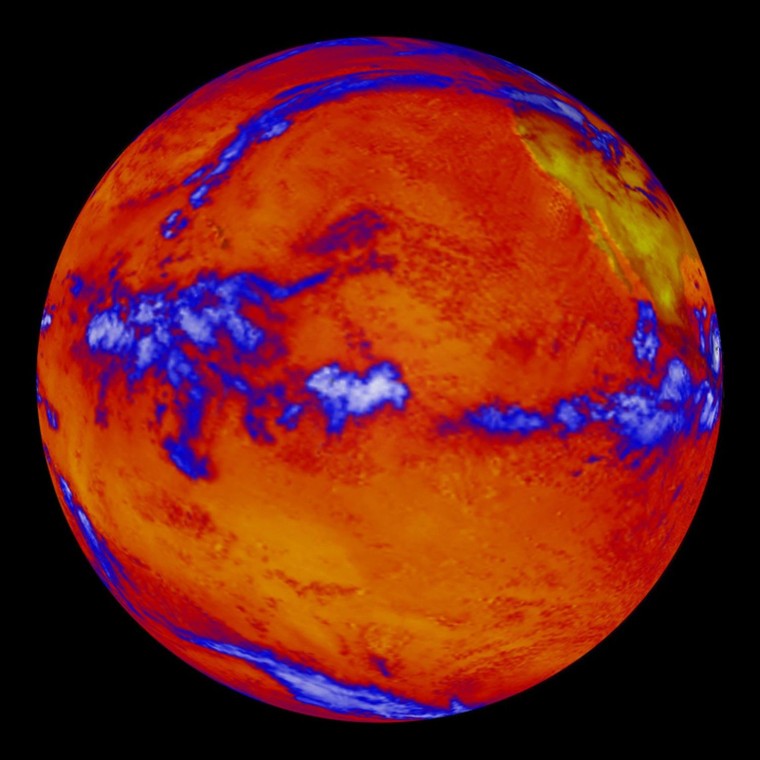Whatever happened to global warming? That’s been puzzling scientists in recent years as a trend of rapidly warming air temperatures markedly slowed. According to a new study, the missing heat isn't in the deep, deep ocean. Scientists at NASA’s Jet Propulsion Laboratory used data from roving Argo buoys and satellite observations from 2005 to 2013. Water expands as it warms, so they calculated total rise in sea level, then subtracted the amounts that came from thermal expansion in the upper ocean and from melting ice in the polar regions. The result, they said, indicated “no significant global ocean warming below 2,000” meters (6,500 feet).
The authors noted that the upper portions of the planet’s oceans continued to warm. Other researchers have found various mechanisms for that. One recent study found that changes in ocean currents were pulling warmer surface water deeper in the north and south Atlantic Ocean, helping to keep global air temperatures from increasing quickly. Another found that accelerating trade winds were pushing heat in the Pacific Ocean toward its interior.
IN-DEPTH
- Yet More Global Heat Records Fall in August: NOAA
- Global Warming Pause? The Answer Is Blowin' Into the Ocean
- Has Earth’s Missing Heat Been Found?
